The search for Planet Nine has captivated astronomers and space enthusiasts alike since the hypothesis was first proposed in 2016. Over the years, new evidence has continued to emerge, fueling both excitement and skepticism within the scientific community. Recent studies have provided fresh insights into the possible existence of this elusive giant planet lurking in the outer reaches of our solar system.
The Case for Planet Nine stems from the peculiar clustering of trans-Neptunian objects (TNOs) with highly elliptical orbits. These distant icy bodies appear to be influenced by an unseen gravitational force, one that cannot be explained by the known planets alone. Researchers argue that a massive object, roughly five to ten times the mass of Earth, could be shepherding these orbits into their unusual alignments. The mathematical models supporting this theory have grown increasingly sophisticated, narrowing down the potential location of Planet Nine to a specific region of the sky.
New observational data has added weight to the hypothesis. Advanced telescopes and sky surveys have detected additional TNOs with orbits that align with the predicted gravitational influence of a ninth planet. Some of these objects exhibit extreme inclinations, further suggesting the presence of a significant perturbing body. While alternative explanations, such as the collective gravity of smaller objects or a primordial black hole, have been proposed, none have yet provided as comprehensive an explanation as the Planet Nine theory.
The hunt for direct evidence remains challenging. Planet Nine, if it exists, is likely incredibly faint and distant, orbiting hundreds of times farther from the Sun than Earth. Current telescopes struggle to detect such a dim object, especially given the vast expanse of sky that must be searched. However, upcoming instruments like the Vera C. Rubin Observatory, set to begin operations in the coming years, could finally provide the breakthrough needed to confirm or refute the planet's existence.
Critics of the Planet Nine hypothesis point to the lack of direct detection as a significant hurdle. They argue that the gravitational anomalies could instead be the result of observational biases or the combined effects of numerous smaller objects. Some simulations suggest that the clustering of TNOs might occur naturally over time without the need for an additional planet. Yet, despite these counterarguments, the majority of astronomers agree that the evidence, while circumstantial, is compelling enough to warrant continued investigation.
If discovered, Planet Nine would rewrite our understanding of the solar system's architecture. Its origin story is equally intriguing—some theories propose it could be a rogue planet captured by the Sun's gravity, while others suggest it formed much closer in before being ejected to the outer solar system. The implications for planetary science would be profound, offering new clues about the dynamic history of our cosmic neighborhood.
For now, the mystery endures. The scientific method demands patience and rigorous testing, and the search for Planet Nine is no exception. Whether it is ultimately confirmed or debunked, the pursuit has already expanded our knowledge of the distant solar system and inspired a new generation of astronomers to probe its secrets. The next decade promises to be pivotal, with technological advancements bringing us closer than ever to answering one of astronomy's most tantalizing questions.

By /Jun 7, 2025
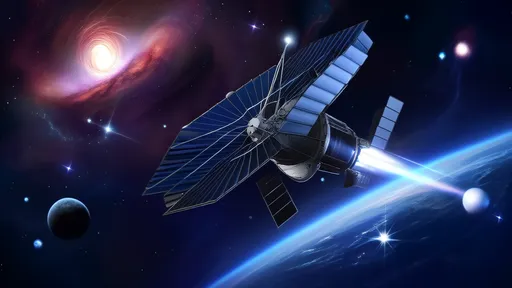
By /Jun 7, 2025

By /Jun 7, 2025
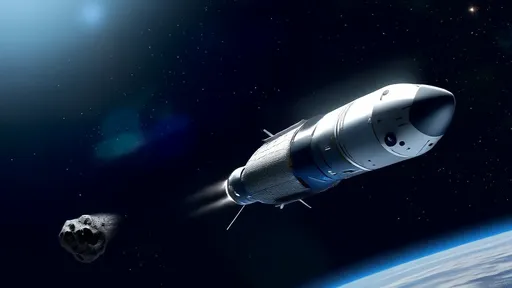
By /Jun 7, 2025
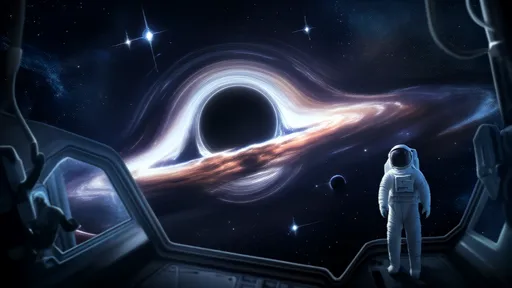
By /Jun 7, 2025

By /Jun 7, 2025
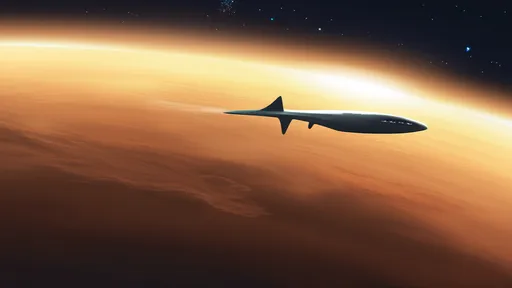
By /Jun 7, 2025
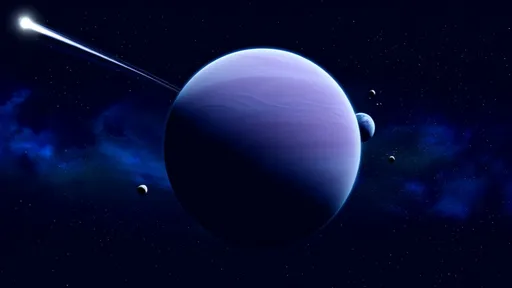
By /Jun 7, 2025

By /Jun 7, 2025

By /Jun 7, 2025

By /Jun 7, 2025

By /Jun 7, 2025

By /Jun 7, 2025

By /Jun 7, 2025

By /Jun 7, 2025

By /Jun 7, 2025

By /Jun 7, 2025

By /Jun 7, 2025

By /Jun 7, 2025

By /Jun 7, 2025